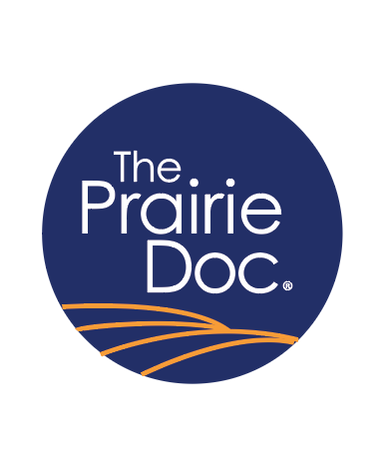To Straighten the Bent Bones of ChildrenBy Richard P. Holm, MD
Starting sometime in the middle ages, throughout many lands, there were “bonesetters” who knew about splinting, how to treat broken bones with splints made from sticks, leather and clay. They even had a guild, a medieval union of sorts, a cohesive group of workers organized to ensure quality, consistency and education. Medical schools for physicians existed at that time, but neither bonesetters nor surgeons attended those schools. In the 1700s, Nicholas Andre’, a researcher and professor of medicine at the University of Paris, formally described splinting, a technique used by bonesetters, as a method to treat boney deformities, such as clubbed feet in newborn children. He likened it to the straightening of young tree saplings. Andre’ wrote a textbook on the subject entitled L’Orthopedie. The ancient Greek word orthos means free from deformity, to straighten; and the ancient Greek word paideia refers to the art of raising a child. Together they provide for the name of a present-day surgical specialty. Literally, orthopedics means to straighten the bent bones of children. Surgical methods in the 1700s and 1800s were very immature. Anesthesia was first developed during the early 1800s and ether was widely used during the Civil War. After the war, surgeons brought their surgical experience home to small towns throughout the U.S. It wasn’t until after the war that we learned of bacteria and discovered we could avoid infection following surgery. In addition, X-rays were discovered by Wilhelm Roentgen in 1895, which allowed for the marvelous and revealing image of our internal boney structure. These advancements helped set the stage for expanding the focus of orthopedics from casting and making-straight the boney deformities of children. In the 1890s, Evan Thomas, a well-known bonesetter from Liverpool, England, encouraged his son Hugh to go to medical school. While learning medicine, Hugh learned from his father bone setting and casting methods, which at the time were not being taught in schools. The younger Thomas was influential in bringing this curriculum to medical schools. He later set up practice with his nephew Robert Jones, and the two worked to develop orthopedic surgical methods in treating bone injuries in construction workers, and then war injuries in military men during World War I. Thus, we trace the evolution from bonesetters, and straightening the bones of children; to anesthetized yet unsterile amputations during the Civil War; to bone setting taught in medical school; to surgical repair of boney injuries in World War I; to the marvelous ever-developing field of orthopedic surgery today. For free and easy access to the entire Prairie Doc® library, visit www.prairiedoc.org and follow The Prairie Doc® on Facebook, featuring On Call with the Prairie Doc® a medical Q&A show streaming live and broadcast on SDPTV most Thursdays at 7 p.m. central. Comments are closed.
|
Archives
July 2024
Categories |
 RSS Feed
RSS Feed


